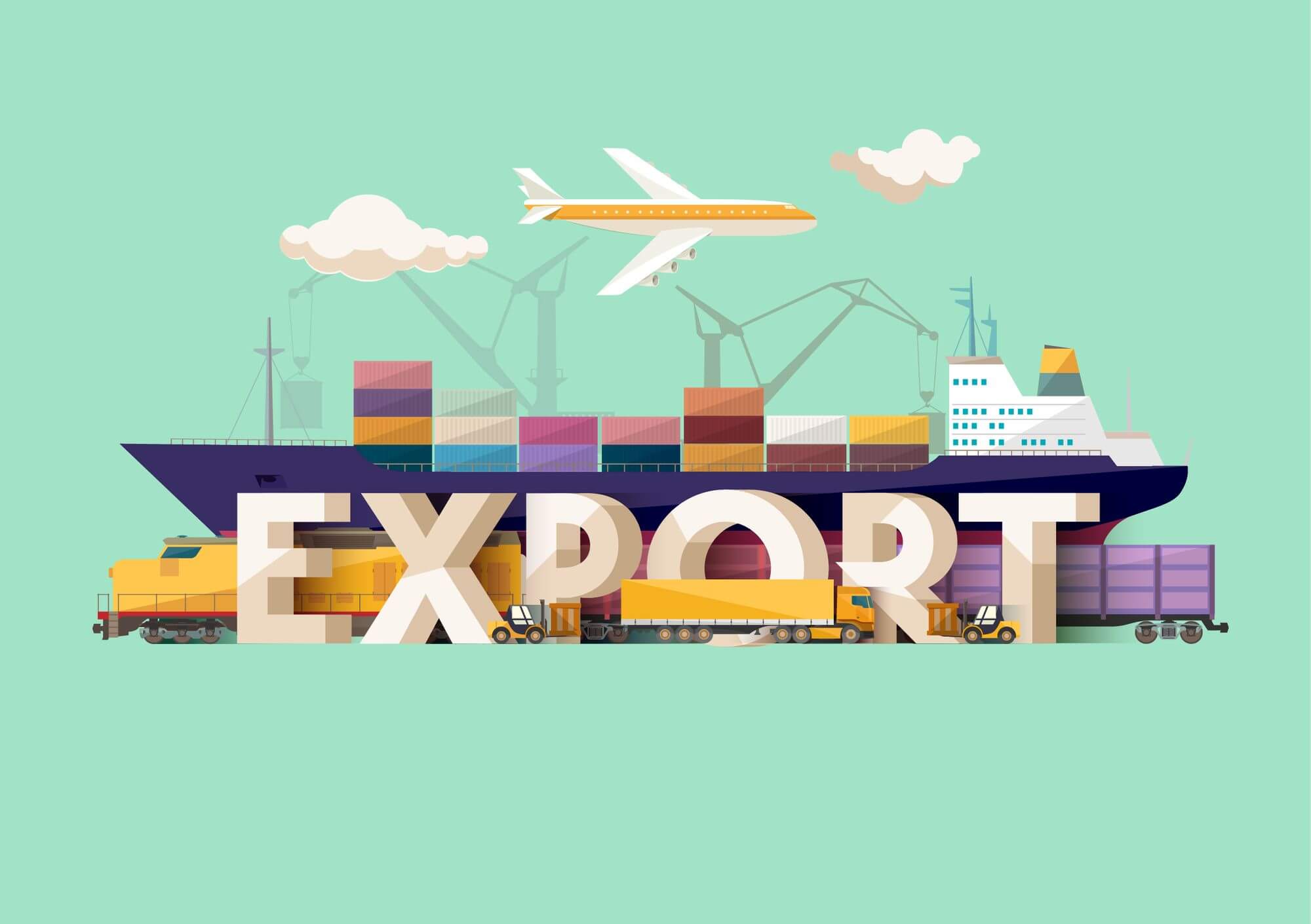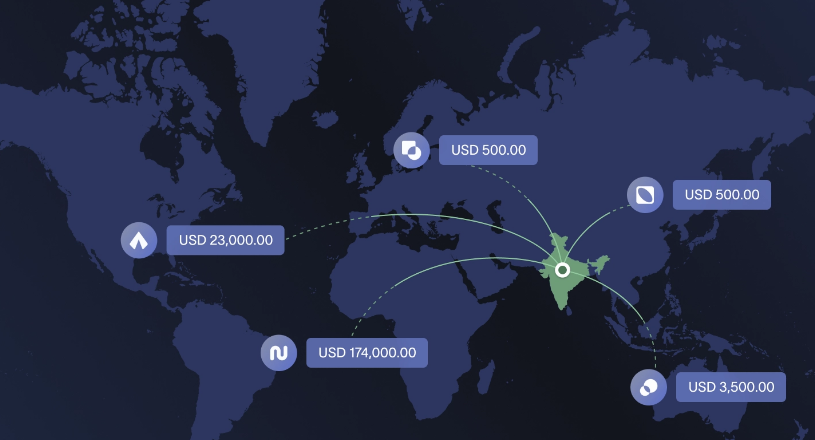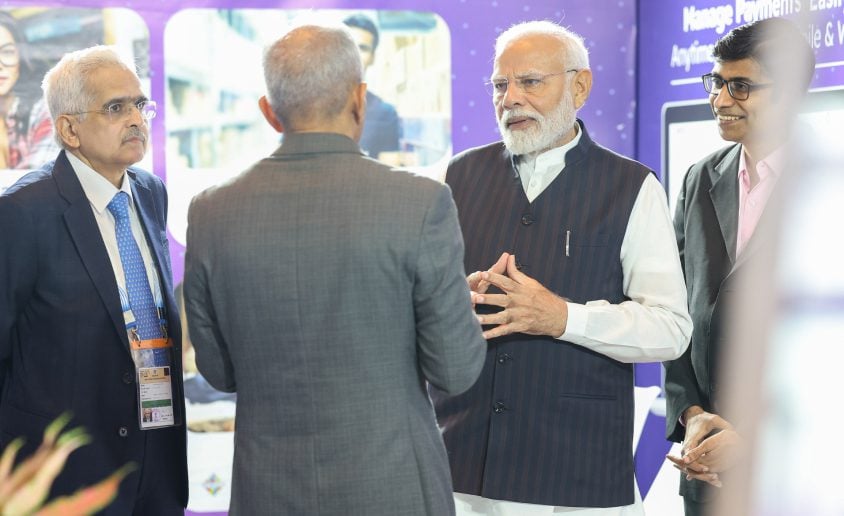For businesses actively engaged in cross-border trade involving India – whether through the export of goods and services or their import into the country – encountering the Directorate General of Foreign Trade (DGFT) is an inevitability. This governmental body holds significant sway over the mechanisms and policies governing India’s international trade. A comprehensive understanding of DGFT’s structure, functions, and objectives is fundamental for navigating the regulatory landscape and ensuring smooth import-export operations.
Defining DGFT: India’s Principal Facilitator of International Trade
DGFT is an acronym for the Directorate General of Foreign Trade. It functions as the premier government organization in India responsible for formulating, executing, and managing the regulations pertaining to all goods and services entering or exiting the country. Essentially, DGFT serves as the key governmental steward overseeing and guiding India’s engagement in global commerce. Historically, preceding the economic reforms of 1991, this institution operated under the designation of the Chief Controller of Imports & Exports (CCI&E).
Integral Role in Shaping Foreign Trade Policy
One of the most critical responsibilities vested in DGFT is the development and subsequent implementation of India’s Foreign Trade Policy (FTP). This policy document acts as a strategic blueprint, charting the course for India’s trade interactions with other nations. The overarching goal articulated within the FTP is to significantly enhance India’s exports of both goods and services. Concurrently, the policy aims to streamline and simplify the procedural environment for businesses involved in exporting from India, thereby fostering a more conducive trading ecosystem.
Comprehensive Functions Performed by DGFT
DGFT’s mandate encompasses a diverse range of tasks essential for the effective management and promotion of India’s foreign trade. The following delineates some of its key operational areas:
Policy & Regulation: Formulates, interprets, and administers India’s Foreign Trade Policy (FTP), setting comprehensive rules, procedures, and guidelines for imports and exports. It also exercises control over trade flows, including restrictions and prohibitions on specific goods, and regulates the transit of items across borders.
Licensing & Authorization: Serves as the exclusive authority for issuing the mandatory Import Export Code (IEC) required for all importers and exporters. It also grants specific licenses, permits, or authorizations for trading goods subject to particular regulations or restrictions.
Export Promotion & Facilitation: Designs, implements, and manages various schemes and programs offering incentives, financial assistance (including for marketing abroad), and infrastructure support to boost Indian exports. This includes providing funds to trade promotion bodies, supporting states in developing export ecosystems, and identifying/promoting ‘Towns of Export Excellence’.
Trade Classification & Information Management: Maintains and updates the standardized ITC-HS codes for product classification. It is the official source for disseminating information on trade policies, rules, and notifications, clearly listing freely exportable and restricted items (Export Policy Schedule).
Management of Specific Trade Mechanisms: Oversees and administers particular trade mechanisms such as Tariff Rate Quotas (TRQ), facilitates trade with neighboring countries, and manages the online system for the Electronic Bank Realisation Certificate (eBRC) as proof of export realization.
Benefit Rate Determination: Responsible for calculating and notifying the applicable rates for benefits under various export incentive schemes.
Policy Research & Analysis: Conducts studies and research on trade patterns and policy effectiveness to provide data-driven insights for future policy formulation.
DGFT as the Primary Licensing Authority
In its capacity as the central regulatory body for foreign trade, DGFT functions as the principal authority responsible for granting businesses the necessary licenses and permissions to engage in import and export activities in India. The most fundamental permission is the issuance of the IEC code, which is the initial mandatory step for commencing international trade operations. Furthermore, DGFT issues specialized licenses or authorizations for specific goods where such approvals are mandated due to regulatory controls on their import or export.
Strategic Objectives of DGFT: Driving Economic Expansion
All activities undertaken by DGFT, encompassing policy formulation, regulatory oversight, issuance of licenses, and administration of promotional schemes, are strategically aligned towards the overarching goal of expanding India’s foreign trade volume and value. By striving to simplify procedural requirements, provide targeted support to exporters, and effectively manage trade flows, DGFT plays an absolutely critical role in enhancing India’s export performance and thereby contributing significantly to the nation’s broader economic growth and development.
Conclusion
The Directorate General of Foreign Trade (DGFT) represents a central pillar within the framework of India’s international trade governance. It is the key institution tasked with developing and implementing trade policies, issuing essential authorizations such as the mandatory IEC, administering programs designed to bolster export activities, and providing comprehensive regulatory management for trade. Consequently, a thorough understanding of DGFT’s functions, policies, and operational procedures is absolutely essential for any business entity in India aiming to participate successfully and efficiently in the global import and export market.
Managing International Payments with BRISKPE
Navigating the rules set by bodies like DGFT is just one part of international trade. Receiving payments from your overseas customers quickly and easily is just as crucial. BRISKPE simplifies getting paid internationally with a fast and straightforward platform. Streamline your global payments today at briskpe.com.








